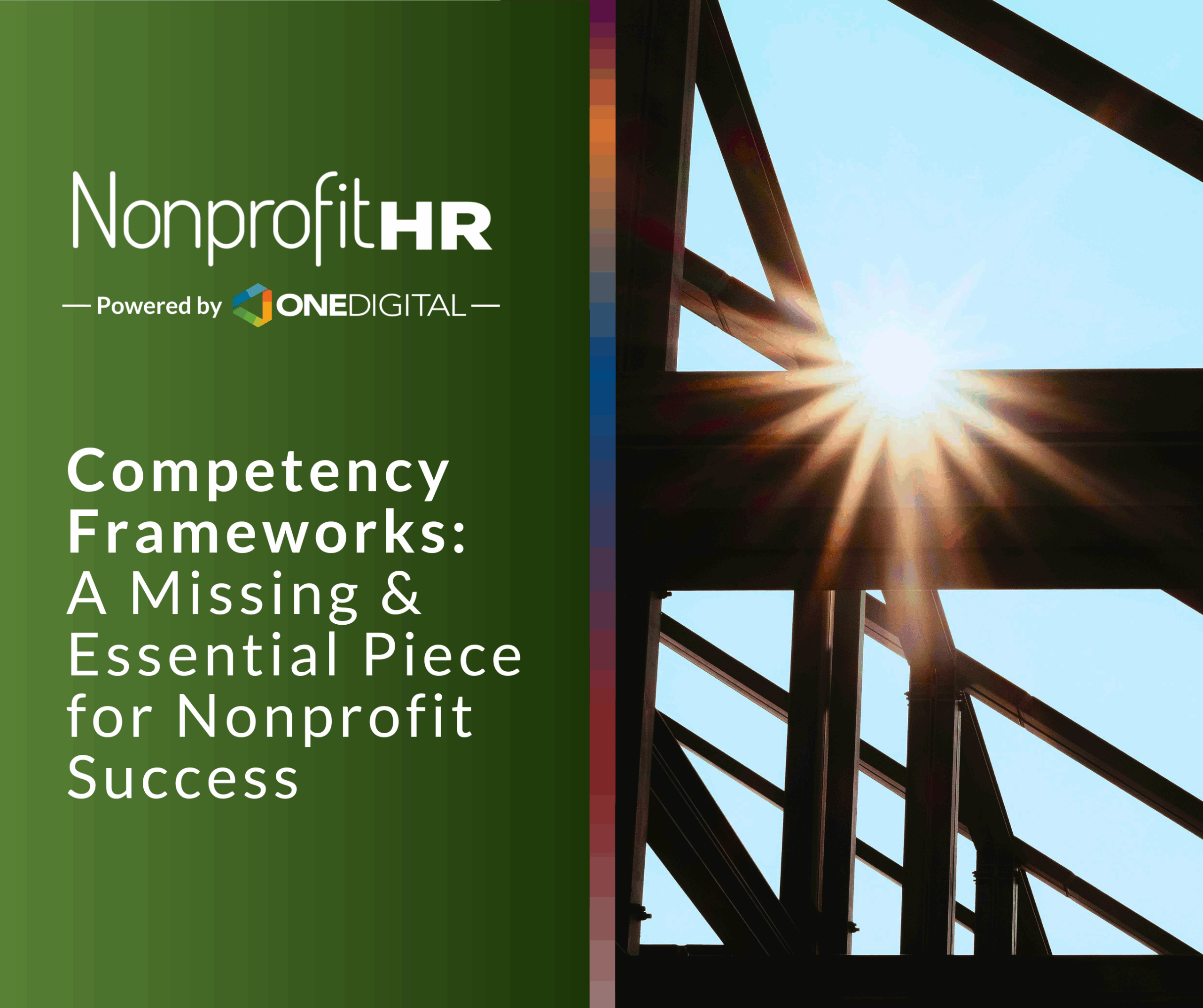WTOP: 5 ways nonprofits can…
By Leslie Walbridge
At the end of the day, hiring is a form of problem-solving. In fact, according to Liz Ryan, “the only rational reason to hire a new person is that we have an expensive problem only a human being can solve.” However, unlike ordering a new part for a malfunctioning machine, hiring is a finicky business of managing relationships. Unfortunately, recruiting has become much more like replacing parts than finding people. Ryan’s recent LinkedIn post makes some very strong arguments and lays out a clear strategy for bringing the human element back into recruiting.
Ryan explains how she recruits and hires using a basic three step process. She first lays out the dramatically different way that she writes job descriptions to attract talented candidates. Instead of prescribing required qualifications and degrees, Ryan writes what she calls a “movie” about the organization and the problem they have and need a new employee to solve. Her explanation for using this technique is that people get excited about the narrative, not bullet points and keywords. Instead of asking for keyword-laden resumes and dry, scripted cover letters, she asks applicants to submit 350-word paragraphs arguing why they are a good fit for the position.
Screening candidates by their submitted paragraphs will be easy for recruiters because “the most thoughtful and eyes open” responses will be easily distinguishable from those that are poorly written or ill thought-out.
The third step is the interview. In inviting promising candidates, the recruiter should send a brief message including the date and time for their conversation, as well as the names and titles of any other employees to be involved in the interview. Ryan also emphasizes that the invitations specify that candidates should come with questions prepared. In the interview, Ryan recommends breaking the ice briefly and then prompting the candidate to ask the questions that they brought. The reasoning for this strategy is that “the questions that candidates compose on their own tells us a tremendous amount about their altitude on the job, their thought process and their priorities.”
Ryan’s method is based in respect for and communication with all candidates. Successful recruiting for candidates who will stay in their positions relies on this high level of humanity. Best of all, this strategy is “easy to do, cheaper and faster” than traditional recruiting, and will yield much higher quality results.





























